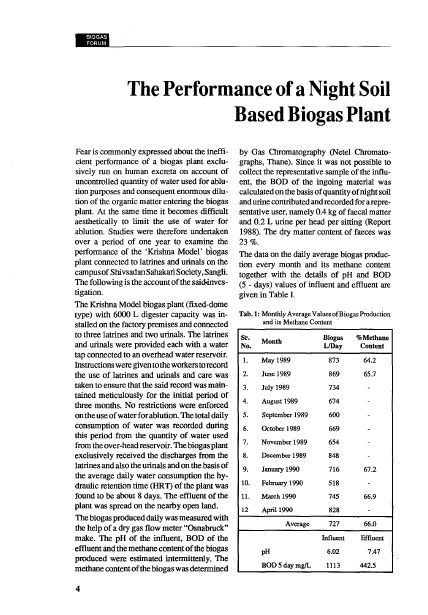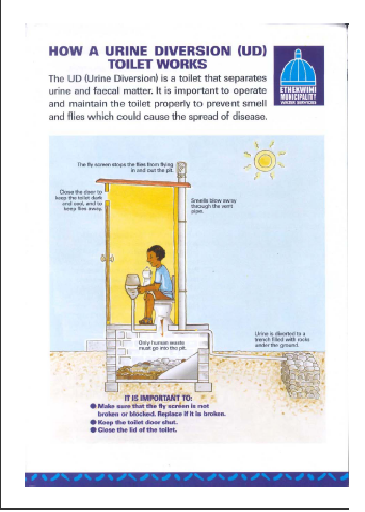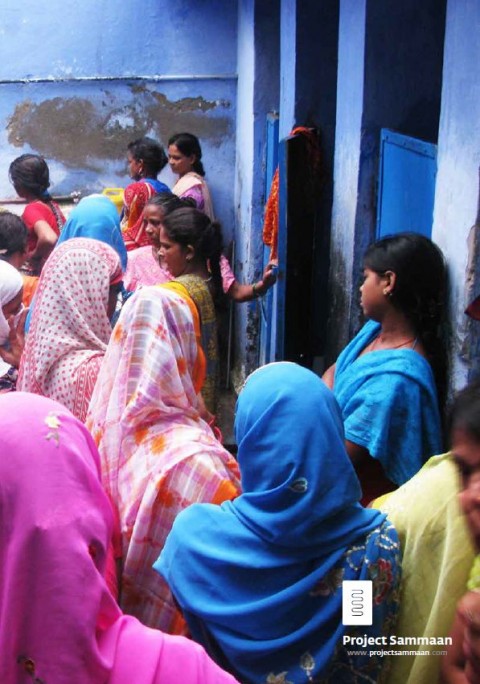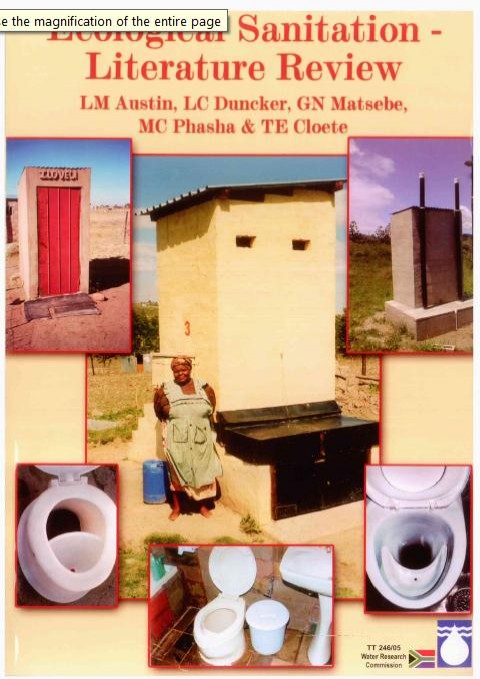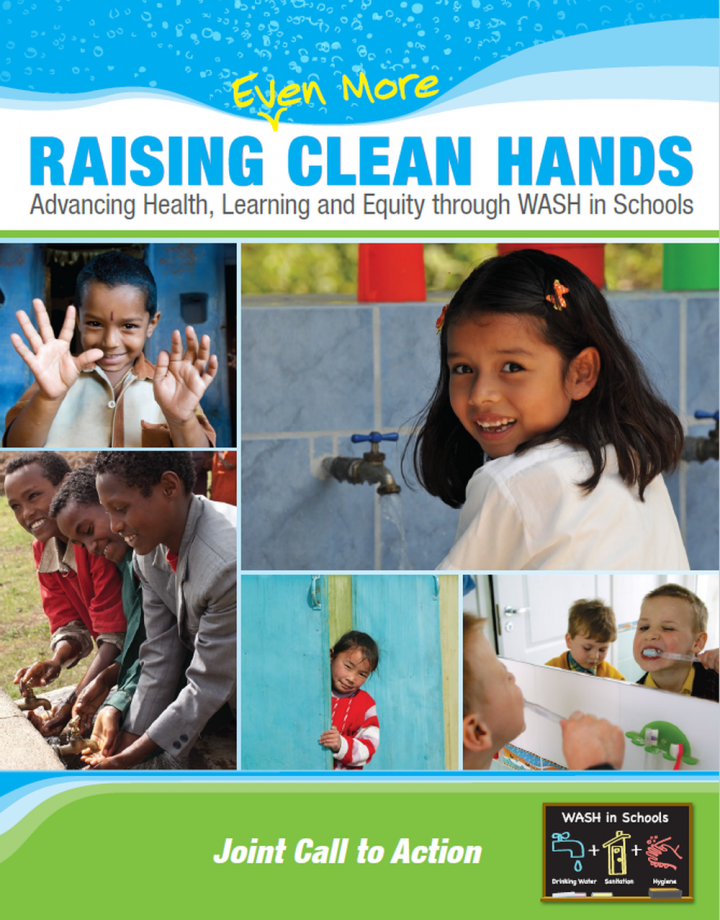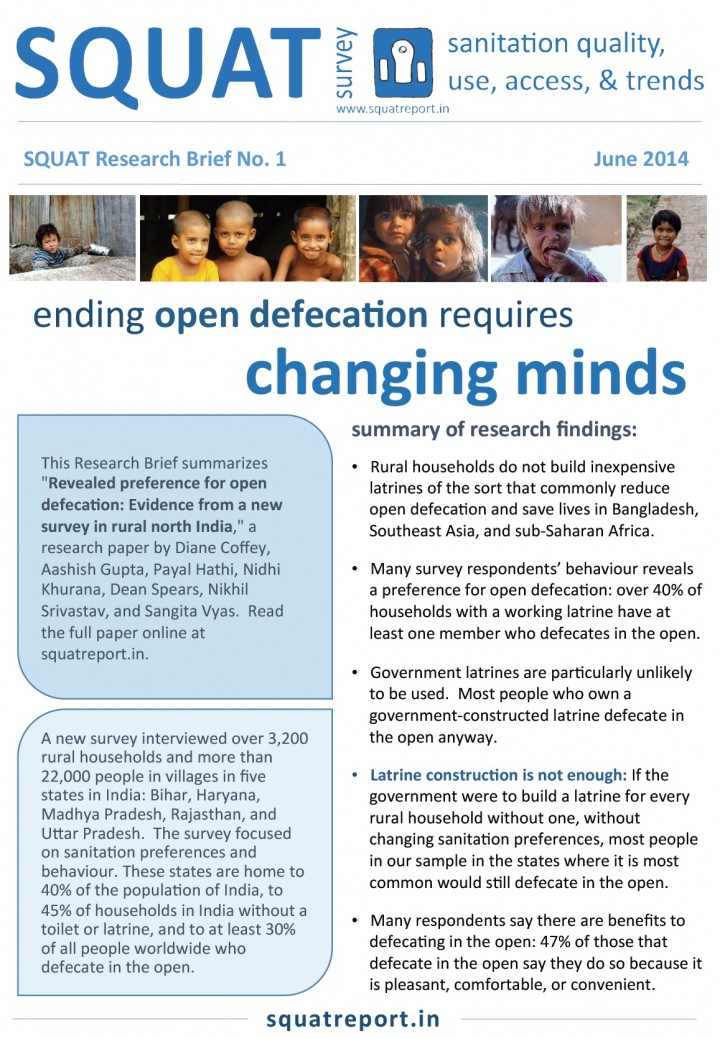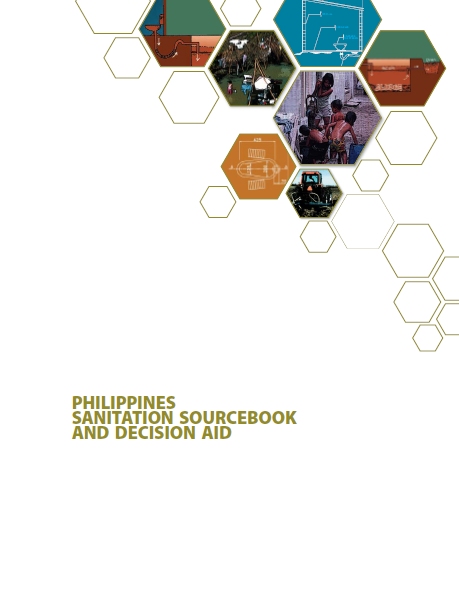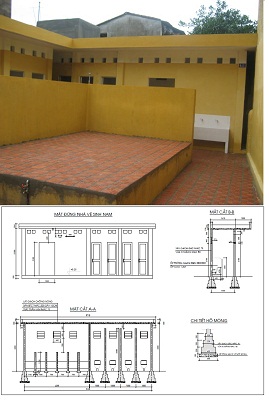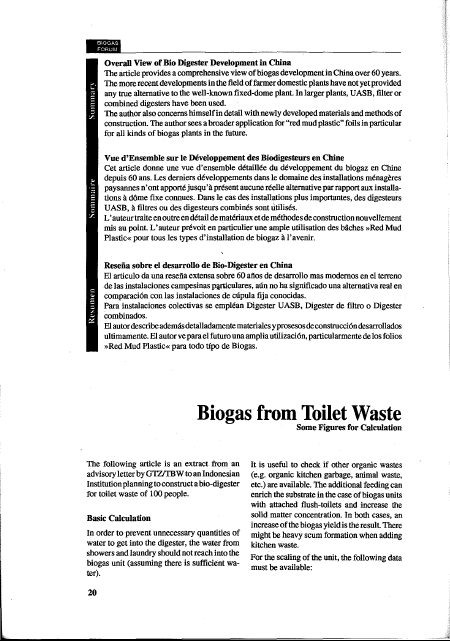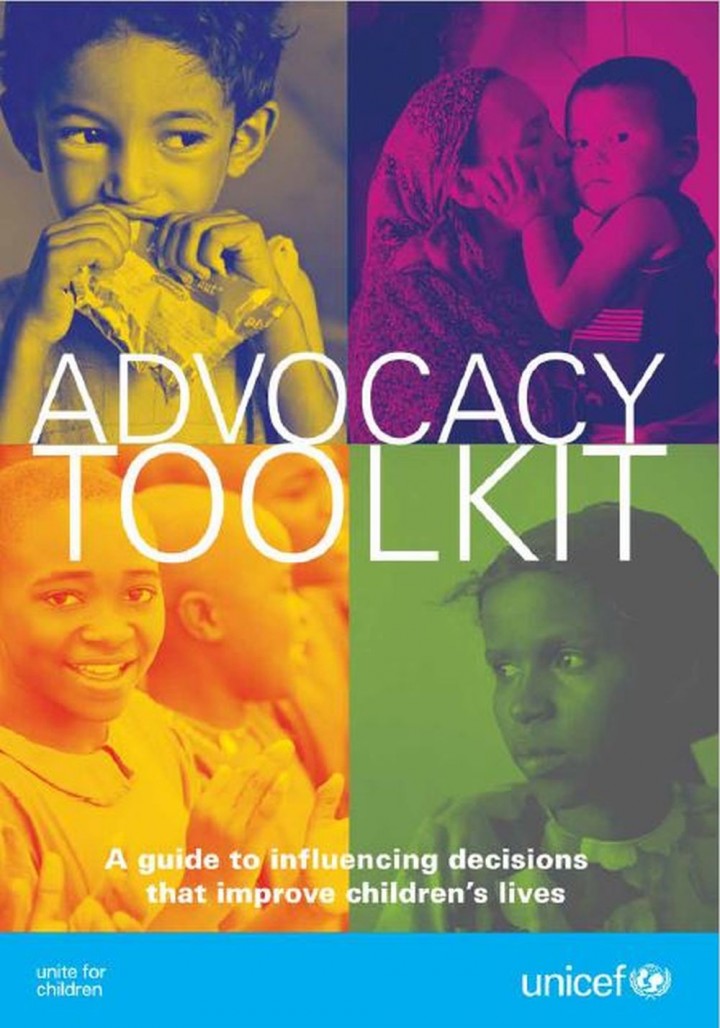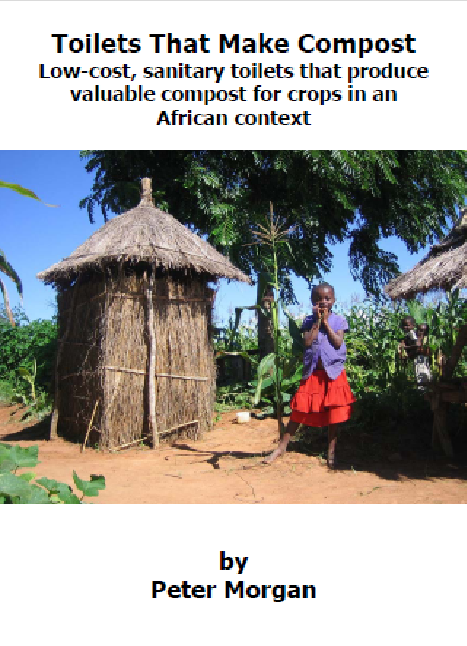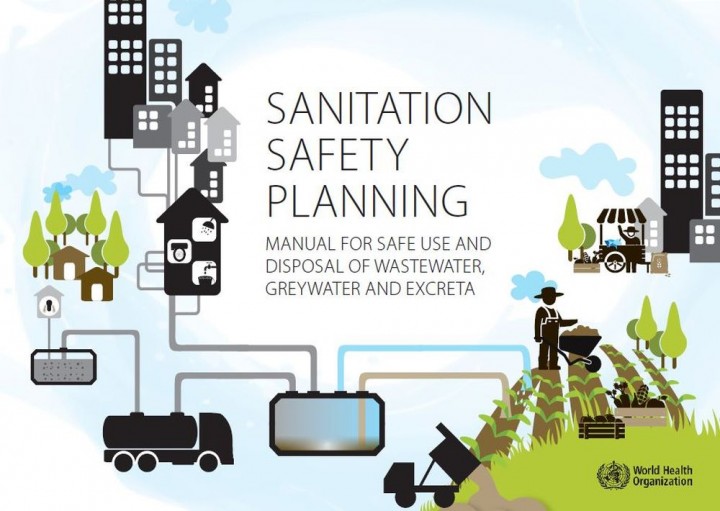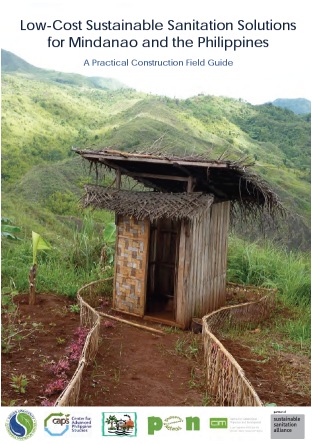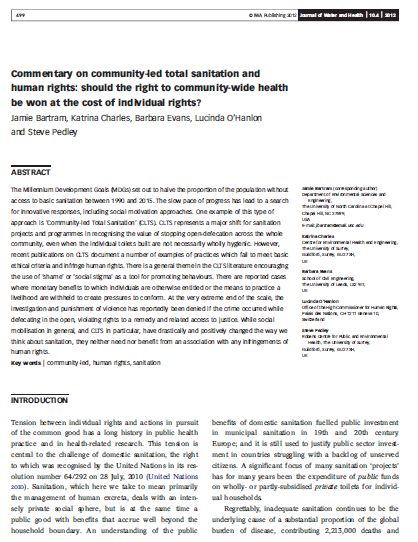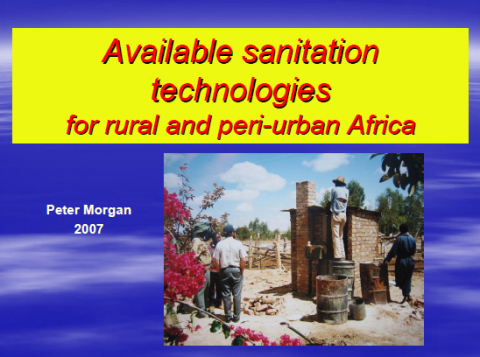Searching for information on Sanitation Workers?
The Sanitation Workers Knowledge + Learning Hub is the best source for all current news, trends, articles and updates on sanitation workers rights around the world.
The sanitation ladder is a useful tool that is being used to monitor progress towards the sanitation target of the MDGs. This tool could be even more useful if it can be refined to be based on the functions of sanitation systems rather than on a hierarchy of predefined sanitation technologies.
This paper presents a seven-rung function-based sanitation ladder where the functions can be broadly …
Fulfilling every child’s right to water, sanitation and hygiene education remains a major challenge for policymakers, school administrators and communities in many countries. Although steady progress has been made to safeguard the well-being of schoolchildren, almost half of all schools in low-income countries still lack access to water and sanitation facilities.
The lack of quality data on …
This document is the final report from a consultancy assignment focusing on Knowledge Management in the Building Demand for Sanitation (BDS) portfolio of the Bill & Melinda Gates Foundation (BMGF) water, sanitation, and hygiene (WASH) program.
The assignment entailed:
- Surveying the participants of the 2014 annual Grantee Convening
- Facilitating a consultative and ideation process during …
This library entry contains background documents for a grant that Sangita Vyas is leading and which is funded by the Bill and Melinda Gates Foundation.
Short description of the project:
Open defecation imposes enormous costs on children’s health and human capital, and is exceptionally widespread in India. We believe that there is convincing evidence of the benefits for health and human …
This review of sanitation system trends and interactions with menstrual management practices has been conducted as part of the broader project on Menstrual Management and Sanitation Systems.
It starts with a review of trends in the development of urban sanitation systems and then explores the interaction between menstrual management and sanitation systems, mainly relating to the issue of …
Delhi is the capital of India. It is officially known as the National Capital Territory (NCT) of Delhi. The population of NCT of Delhi as per the Census 2011 is 16,787,941. The density of city is 11,320 persons per sq.km. Total slum population is 1,785,390 which is 10.6% of the total population (Census of India, 2011). The floating population is around …
UNICEF has an exceptional history of advocating to protect and promote children’s and women’s rights. The Advocacy Toolkit stems from this, systematizing and coordinating both internal and external advocacy expertise, as well developing a few innovative approaches. The Toolkit provides a set of practical tools to help UNICEF staff and Partners in the development and management of their …
The underlying purpose of sanitation interventions is to protect public health. Management and investments in improvements on sanitation systems should be made based on adequate understanding of the actual health risks posed by the systems and how these risks might best be controlled.
Sanitation Safety Planning (SSP) is a risk based management tool for sanitation systems. This manual focuses …
Decentralised Wastewater Treatment Systems (DEWATS) such as disseminated by the Bremen Overseas Research and Development Association (BORDA) are increasingly being recognized by decision makers across the world as an option for service delivery in densely populated low-income areas. However, little practical experience has been gathered methodologically on basic engineering and performance …


